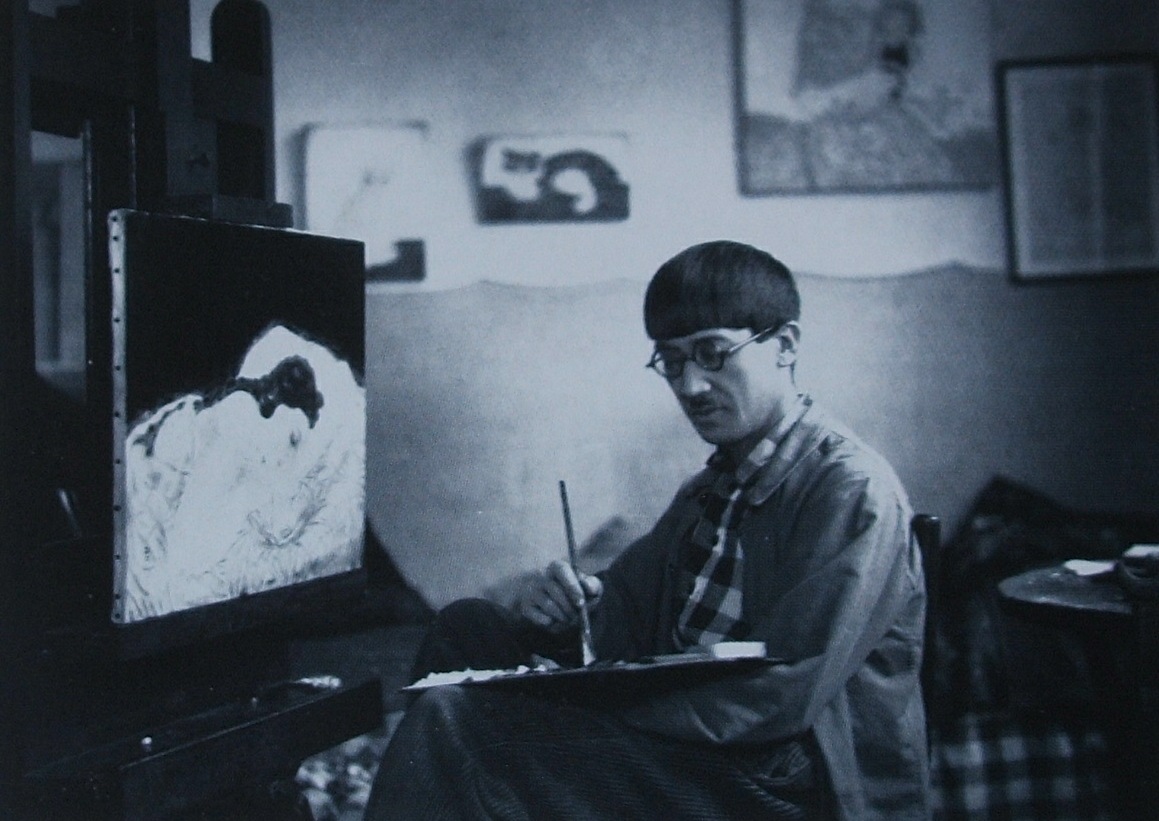The City of Scent, Grapes and Carob
When I first arrived at Stari Grad, I thought I had some sort of illusion from long hour travelling. It was a subtle scent of lavender, rosemary and oregano. And no, I wasn't standing by some lavender vendor booth.
Even though it is already near the end of the summer season, the lingering smell of Lavender and herbs makes this trip such a cathartic experience, and Hvar has every right to crown itself "The Island of Lavender".
Sometimes one has to appreciate the sense of nothingness. This is what I felt when I started treking down the path of the Stari Grad Plain. There is a road to inifinity, and everything surrounding me is as if framed in time and distilled to its core essence.
The Stari Grad Plain is a UNESCO heritage of a land parcel system that was established by Ionian Greeks in the 4th century BC. Since this is the most fertile land on Hvar, even after the Greek colonisers left, the division method of using stones as walls (known as chora), has remained in place, practically untouched for 24 centuries till the present day. As we trek down the plain, we came across many vineyards and olive trees as well as bushes of wild berries. Each alley section is still named after its first original Greek owner and nothing has really changed since then.
Amazed by the way the tradition has been passed down from generation to generation, I asked our guide, Marco, "Was it pass down from its original families? How did they ensure that they kept the land as it is?"
He said, "This is the most fertile land on Hvar, and we can make very good quality wine from it, so it would be stupid not to make the most out of this place. The parcel system works extremely well. Everything else is imported from mainland, and its expensive. But the grapes from the plain works very well to cover all these import costs."
Trying out locally grown produce is always a must for me when I travel, and Dalmatino seemed like a perfect place to give it a try.
[------Today's Order -----]
- Gnocchi with Black Truffle and mushroom sauce ]
- Fish fillet with tomatoes and spaghetti
The sampling wines are complementary, and the followings are served
- Carob wine
- Lavender with sage wine
- Prosek: a sweet nectar wine
The Carob, is a reddish brown bean-like legume, that despite its look, gives rich almost vanilla-like aroma that is used as a replacement of Cocoa for making chocolate in the Mediterranean area. The word "Carat" for measuring diamond actually comes from the Arabic name for carob seeds because of its uniformity in weight, so yes this is a plant of diamond! Eating the fruit slice with the wine, although it is quite strong, opens up the palate for our main dishes.
Gnocchi with Black Truffles, how are we ever going to get over this?
The fish fillet is beautifully seasoned and tender, fresh from the ocean!
Then we had a lavender with sage wine, which for me tasted like sweetened vodka, but at least it had a light and airy aftertaste. So now we can be ready for dessert!
The dessert wine, is a prosek, made from sweet plum and nectar, which marked a perfect note to the end of our lunch.
After a big, fulfilling lunch, the afternoon sunshine is ideal for a slow stroll around the Hvar town. We found a 500 year old Cypress in the garden of Franciscan Monastery, along with juxtaposing modern art with work from the Medival times.
All around the promenade are places that one can jump down for a swim or some suntanning.
When its close to sunset time, we started walking up to the Spaniard Fortress, and the breathtaking view needs no more words.




















































Instagram
Like us on Facebook
Hello...
Advertisement
About Me